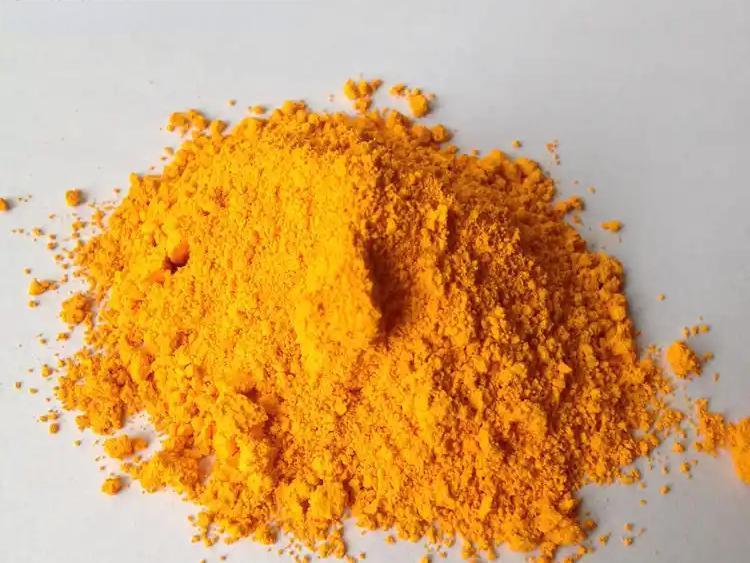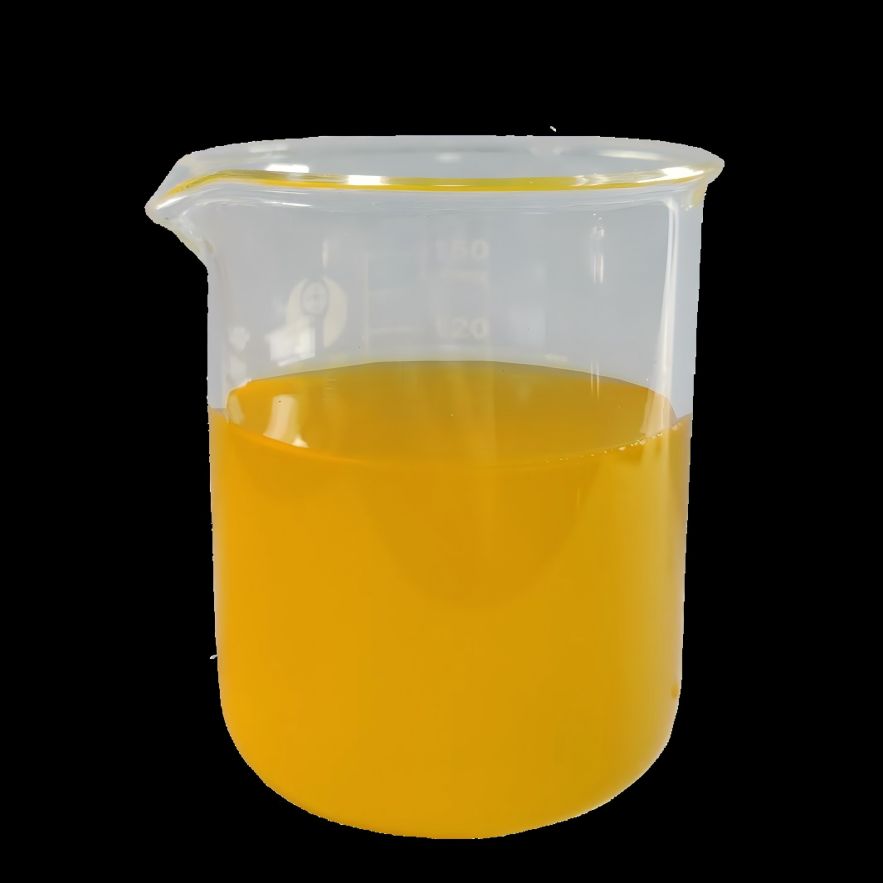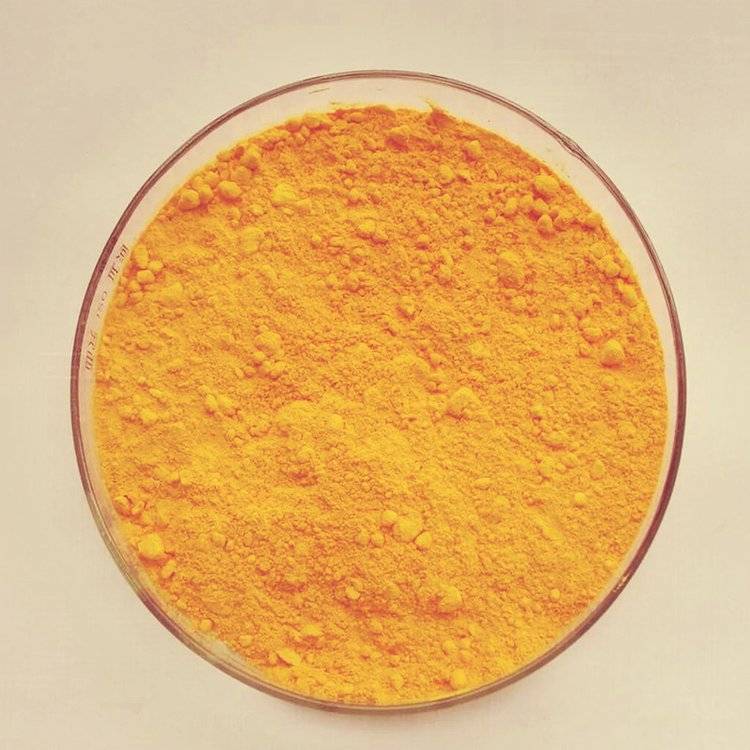Cold-Water Soluble Beta-Carotene Powder for Crystal-Clear Beverages
When developing transparent beverages, functional waters, or solid drinks rich in beta-carotene, has your team repeatedly encountered these challenges? Carefully formulated products develop stubborn sediment that won't dissipate after settling, leave unpleasant residues on bottle walls, or fail to achieve the desired uniform bright yellow color. These process challenges, stemming from beta-carotene's inherent lipophilic properties, not only delay product launches but have become a persistent headache for countless food and beverage R&D engineers.
Today, Green Spring Technology—China's leading supplier of natural plant extracts—officially announces the launch of its groundbreaking innovation: cold-water instant beta-carotene powder. Designed specifically to address these challenges, this new product leverages exceptional instant cold-water dispersibility and superior solution stability.
It empowers customers to eliminate sedimentation concerns, effortlessly creating next-generation health beverages with uniform color, crystal-clear solutions, and stable shelf life—shifting R&D focus back to flavor and functional innovation.
1 Market Challenges—Application Bottlenecks of β-Carotene
In an era where consumers prioritize both health benefits and visual appeal, β-carotene stands as an ideal choice for food and beverage formulators. It delivers a rich, warm yellow hue that satisfies consumer preferences for “natural coloring,” while also serving as a provitamin A that enables powerful health claims like “eye protection” and “antioxidant properties,” precisely aligning with market trends.
However, behind its exceptional functionality lies an inherent flaw dictated by its molecular nature. Beta-carotene is a strictly lipid-soluble crystal, a characteristic that makes it incompatible with mainstream water-based beverage systems. This manifests as:
★ Insurmountable dispersion barriers: Traditional β-carotene raw materials are incompatible with water. Direct addition causes particle aggregation, sedimentation, or unsightly oil rings on the liquid surface, severely compromising product appearance and consumer experience.
★ Process complexity and cost escalation: To enable its limited use in aqueous systems, manufacturers often rely on demanding pretreatment or in-line processing techniques like high-shear mixing and high-pressure homogenization. This not only increases equipment investment and energy costs but also introduces quality risks from process variability, compromising production efficiency and product consistency.
★ Stability Challenges and Hidden Losses: Even if initially dispersed uniformly through forceful methods, β-carotene particles readily re-aggregate and settle during shelf life or degrade and fade when exposed to light and oxygen. This results in products reaching consumers with diminished core color appeal and nutritional value—becoming an “invisible killer” of brand reputation.
Conventional powder or oil-based products often pass these challenges onto customers. R&D teams must invest significant time in process adaptation and stability testing, yet outcomes remain unsatisfactory.
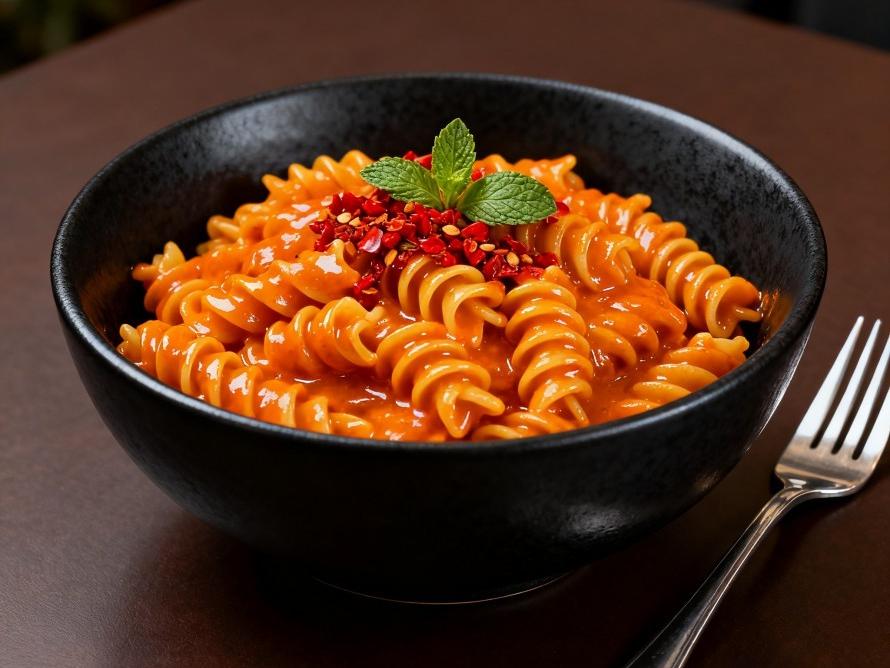
2 Green Spring's Innovative Solution—Cold-Water Soluble Beta-Carotene Powder
Facing persistent industry barriers, Green Spring Technology refused to compromise with traditional processes' complexity and instability. Leveraging our core targeted microencapsulation technology, we performed a revolutionary “hydrophilic transformation” on β-carotene molecules, ultimately giving birth to this product series.
The exceptional performance of this series stems from three key technological benefits:
2.1 Precise Molecular Encapsulation for Intrinsic Hydrophilicity
Our patented wall material system employs efficient emulsification and spray-drying processes to form a complete, dense water-soluble protective layer around each microscopic β-carotene crystal. This structure fundamentally alters the material's interfacial properties, transforming it from a hydrophobic “oil-based particle” into a hydrophilic “water-based micro-particle” that rapidly binds with water molecules at room temperature.
2.2 Exceptional “Cold-Water Instant Solubility” Simplifies Production
The powder's unique structure enables instant wetting, settling, and uniform dispersion upon contact with aqueous solutions. Without requiring high-shear mixing, homogenization, or heating, conventional stirring alone forms highly uniform, stable solutions in room-temperature (or even cold) water. This drastically simplifies production processes while lowering equipment requirements and energy consumption.
2.3 Ultra-stable dispersion system ensures long-term stability
The microcapsule protective layer not only resolves solubility issues but also effectively shields β-carotene from direct exposure to light and oxygen in the environment, significantly enhancing its chemical stability. Simultaneously, precisely controlled particle size and Zeta potential guarantee the kinetic stability of the dispersion system throughout its shelf life, preventing sedimentation, separation, or flocculation even after prolonged storage.
Key Performance Indicators (Laboratory Data):
· Dissolution Rate: Complete dissolution within <30 seconds at 25°C in pure water under 500 rpm stirring.
· Dispersion Stability: Prepared as a 0.1% aqueous solution, shows no precipitation after 24 hours of static storage with >95% transparency retention.
· Color Performance: Forms a bright, visually appealing, clear yellow solution upon dissolution with no visible particles.
· Shelf Life Projection: In accelerated testing (40°C, 75% RH), color retention rate (after 90 days) ≥ 85%.
3 Green Spring Technology Beta-Carotene Raw Material: Efficiency and Certainty for Your Business
Green Spring Technology's cold-water instant-dissolving β-carotene powder is not merely a technical achievement—it's a tailored business solution. Designed to liberate your R&D and production teams from cumbersome process adaptation, it transforms uncertainty into core competitiveness.
By choosing this series, you gain four core benefits:
3.1 Cost Reduction & Efficiency Boost: Streamline Processes, Accelerate Time-to-Market
The instant solubility of cold-water soluble powders significantly reduces raw material pretreatment and online formulation time, boosting production line efficiency by up to 30%. You no longer need to purchase or modify expensive high-shear equipment to adapt to specific raw materials. This directly lowers fixed asset investment and reduces energy consumption during production. This means the path from laboratory formulation to large-scale production is greatly shortened, helping your innovative products seize market opportunities faster.
3.2 Exceptional Quality: Eliminate Sediment, Enhance Consumer Experience
We guarantee that every beverage produced with our cold-water-soluble series will maintain consistent color and crystal-clear texture from start to finish. It fundamentally eliminates sedimentation and separation, ensuring visual stability throughout the product's shelf life. This consistent high-quality performance directly translates into consumer trust and preference for your brand, significantly reducing the risk of customer complaints and returns due to appearance issues.
3.3 Inspiring Innovation: Expanding Application Boundaries, Unleashing Formulation Potential
This series breaks free from the traditional constraints of β-carotene applications. Now, you can easily incorporate it into previously unattainable areas:
· Clear functional beverages and vitamin waters
· Flavored ready-to-drink teas and fruit-infused sodas
· Instant powders, meal replacement shakes, and sports nutrition supplements
· Clear gel candies and low-viscosity health beverages
This unlocks unprecedented possibilities for developing next-generation “clean label” products that combine transparent appearance with enhanced functionality.
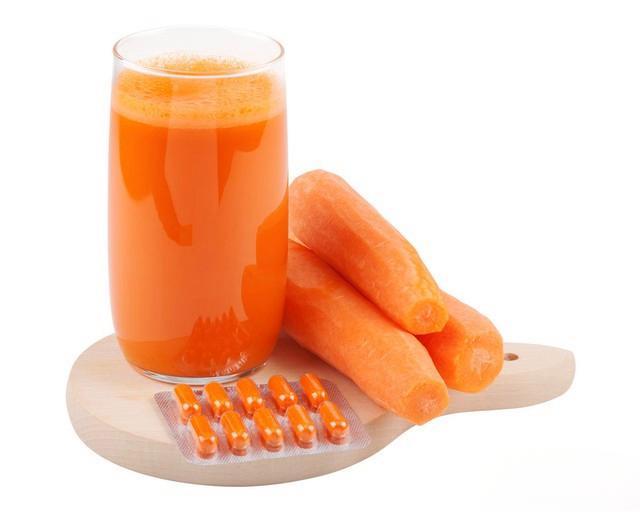
3.4 Risk Management: Ingredient Stability Safeguards Brand Reputation
Exceptional stability achieved through microencapsulation technology ensures the β-carotene content declared on your product label remains true and consistent throughout its shelf life. You no longer need to worry about hidden nutrient degradation—this represents both a solemn commitment to consumers and a solid safeguard for your brand reputation. Simultaneously, its exceptional batch-to-batch consistency ensures controllable quality in large-scale production, fundamentally eliminating manufacturing risks caused by raw material fluctuations.
4 Application Scenarios
The value of Green Spring Technology's cold-water-soluble β-carotene powder has been validated across multiple cutting-edge applications. It not only resolves fundamental technical challenges but also serves as a secret weapon for brand clients seeking product differentiation.
4.1 Typical Application Scenarios
· Transparent Functional Beverages: Effortlessly creates clear vitamin waters and electrolyte drinks rich in provitamin A, unifying nutrition with visual appeal.
· Sports Nutrition: Rapidly dissolves in protein powders, BCAA supplements, and sports drinks, adding natural color while providing antioxidant support.
· Modern Tea & Juice: Consistently delivers a natural yellow hue in ready-to-drink teas and NFC juices, elevating product premiumness.
· Healthy Snack Innovation: Expands possibilities in emerging categories like transparent gel gummies and solid beverages, pushing the boundaries of healthy snacking.
4.2 Customer Case Study
A leading health food brand faced significant technical challenges while developing its new “Crystal Clear” vitamin-enriched water series. Traditional beta-carotene ingredients caused noticeable precipitation in transparent bottles, severely compromising product appearance.
Feedback from the technical team lead:
“After trialing Green Spring Technology's cold-water soluble beta-carotene series, we successfully resolved three critical issues: First, it achieved rapid dissolution at room temperature, eliminating the need for heating during production. Second, the product maintained perfect solubility throughout a six-month shelf life. Most importantly, it allowed us to focus on product taste and marketing without distractions from stability concerns.”
4.3 Technical Compatibility Advantages
This product demonstrates exceptional formulation adaptability:
· Maintains stability within a pH range of 3-8
· Exhibits excellent compatibility with various common food additives
· Suitable for both cold filling and conventional hot filling processes
· Demonstrates stable dispersion performance across multiple water treatment systems
4.4 Quality Commitment
We provide comprehensive technical documentation for every batch of our cold-water soluble beta-carotene series, including:
· Detailed Technical Data Sheets (TDS)
· Complete Material Safety Data Sheets (MSDS)
· Certificate of Analysis (COA) for each batch
· Customized application technical guides
5 Take Action Now to Launch Your Product Innovation Journey
Exceptional ingredients are the cornerstone of successful products. Green Spring Technology's cold-water soluble beta-carotene powder is ready to elevate your next star product. We invite you to experience the transformative power of this innovative solution firsthand.
Multiple convenient contact options:
Direct Communication:
· Company Phone: +86 29 88313578
· Mobile Hotline: +86 13649243917
· WhatsApp: +86 13649243917
Online Channels:
· Business Inquiries: helen@greenspringbio.com
· Official Website: https://www.greenspringnatural.com/
Act now to receive:
◆Complimentary Sample Experience - Test the exceptional performance of this series within your product system
◆Professional Technical Support - Receive customized application solutions and process recommendations
◆Complete Technical Documentation - Includes detailed Technical Data Sheets (TDS) and application guidelines
◆Dedicated Customer Service - One-on-one technical consultants provide full-cycle support
Our team of application experts is ready and eager to discuss how to integrate this innovative cold-water-soluble series into your product development plans, jointly creating market-leading beverage innovations.
Reference
[1]FIEDOR J, BURDA K. Potential Role of Carotenoids as Antioxidants in Human Health and Disease [J] . Nutrients, 2014, 6(2): 466-88.
[2]WANG J, HU X G, CHEN J B, et al. The Extraction of β-Carotene from Microalgae for Testing Their Health Benefits [J] . Foods, 2022, 11(4) .
[3]SINGH R V, SAMBYAL K. An overview of β-carotene production: Current status and future prospects [J] . Food Bioscience, 2022, 47.
[4]RODRIGUEZ-AMAYA D B. Structures and Analysis of Carotenoid Molecules [J] . Sub-cellular biochemistry, 2016, 79: 71-108.
[5]BOGACZ-RADOMSKA L, HARASYM J. β-Carotene-properties and production methods [J] . Food Quality and Safety, 2018, 2(2): 69-74.
[6]YU N, SU X, WANG Z, et al. Association of Dietary Vitamin A and β-Carotene Intake with the Risk of Lung Cancer: A Meta-Analysis of 19 Publications [J] . Nutrients, 2015, 7(11): 9309-24.
-
Prev
Natural Compliant Colorant: Copper Sodium Chlorophyllin
-
Next
How to Select the Most Suitable Beta-Carotene Raw Material Based on Your Product Formulation?


 English
English French
French Spanish
Spanish Russian
Russian Korean
Korean Japanese
Japanese